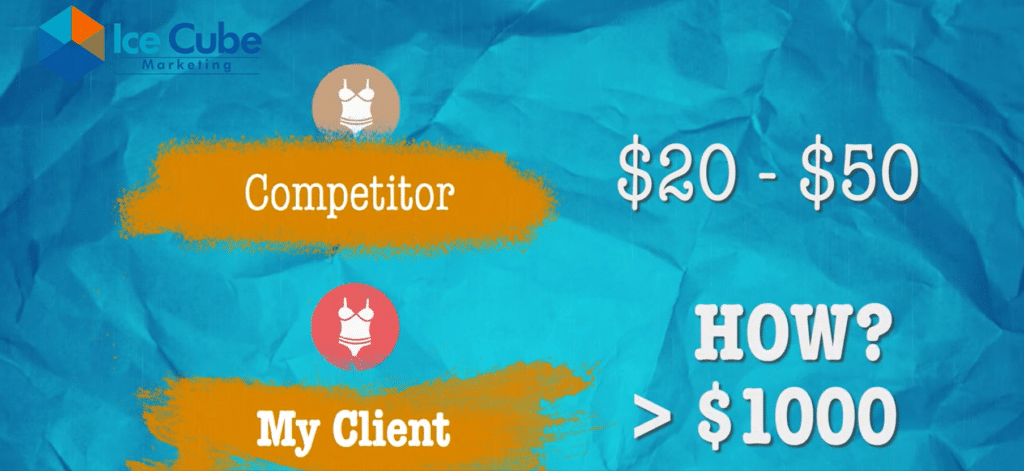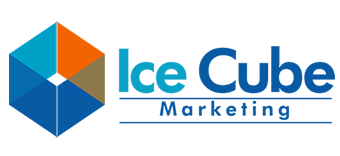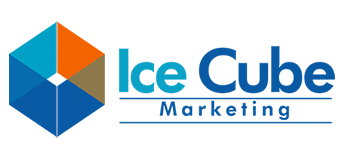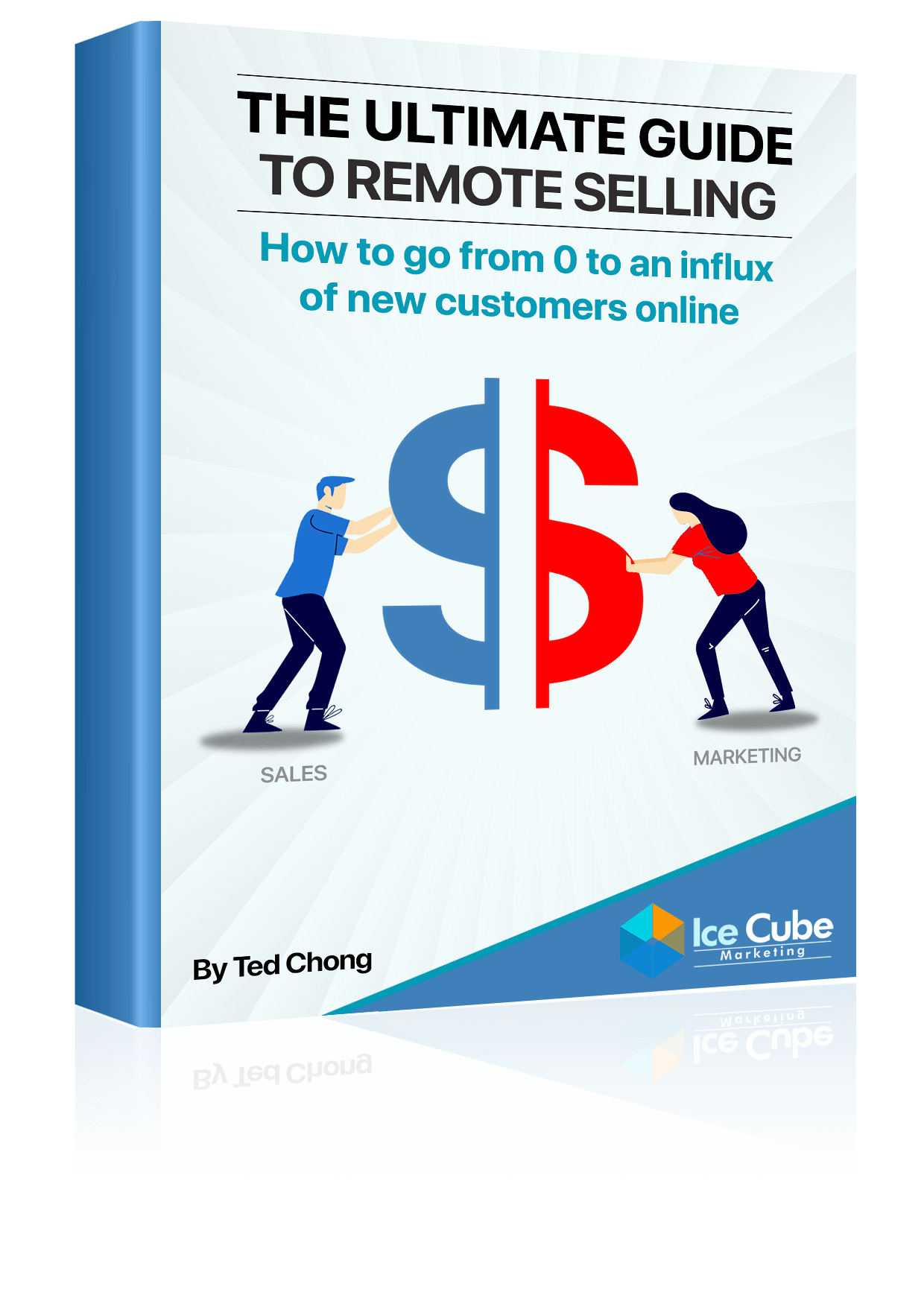In the vast and often cutthroat world of business, the quest for success can feel like an endless battle, especially in fiercely competitive markets where price wars seem inevitable. However, amidst the chaos, there exists a powerful strategy that can elevate a company above the fray: strategic positioning. In this comprehensive guide, we’ll delve deeper into the concept of positioning, exploring real-world examples and strategies that have reshaped industries and propelled businesses to new heights of success.
The Power of Perception: Shaping Your Market
Consider the story of a company selling innerwear for women. While their competitors offered products at modest prices ranging from $20 to $50, this company dared to disrupt the status quo by pricing their offerings at over $1000. What set them apart? Strategic positioning. Instead of simply marketing their products as undergarments, they cleverly rebranded them as “shapewear,” aligning themselves with the lucrative slimming industry. By reframing their product category, they effectively changed consumers’ perceptions of value. No longer viewed as mere undergarments, their products were now positioned as essential tools in the pursuit of a slimmer figure, competing not with traditional underwear brands, but with slimming salons.
This strategic move allowed the company to tap into a whole new market segment. Rather than being compared to other underwear brands solely based on price and quality, they positioned themselves as a solution for those seeking instant slimming results without the hassle of lengthy procedures. By shaping the market perception of their product, they not only justified their higher price point but also created a niche where they could thrive.

Differentiation: Standing Out in a Sea of Competitors
Central to the success of this shapewear company was their emphasis on differentiation. While competitors offered products that promised gradual slimming through long and tedious processes, this company’s shapewear delivered instant results. The transformative effects were immediately noticeable, offering a compelling alternative to the time-consuming routines offered by slimming centers.
Moreover, their product didn’t just offer a different approach to slimming—it provided a unique value proposition. Unlike slimming centers that required ongoing commitments and visits, the shapewear could be used at any time, offering convenience and flexibility to its users. This focus on differentiation underscored the importance of providing unique solutions to customer pain points—a principle that lies at the heart of strategic positioning.
Choosing Your Battles: Defining Your Category
In the realm of marketing, strategic positioning transcends mere product differentiation; it encompasses the very essence of your business category. Consider the digital marketing industry, often burdened with negative perceptions. Many perceive digital marketing as a cost center rather than a profit generator, associating it with excessive expenditures and underwhelming outcomes.
However, by repositioning ourselves as a performance marketing agency with a steadfast focus on delivering tangible results, our company deftly navigated these misinterpretations. Rather than engaging in a fruitless competition with traditional agencies over design aesthetics or flashy presentations, we charted a distinct course by prioritizing measurable outcomes—a decision that struck a chord with discerning clients who sought genuine, quantifiable returns on their marketing investments.
This strategic maneuver not only set our company apart from its counterparts but also magnetized a particular clientele—individuals and businesses who prized results over superficialities or industry commendations. By reframing our category and honing in on performance, our company positioned itself as a trailblazer in a specialized market segment, eschewing the pitfalls of attempting to thrive in an overcrowded and commoditized landscape.

Know Your Audience: Understanding Customer Motivations
At the heart of effective positioning lies a deep understanding of your target audience. By listening to their needs, preferences, and pain points, businesses can uncover new opportunities for growth and differentiation. Customer insights serve as the compass guiding strategic decisions, illuminating the path to success in an ever-evolving marketplace.
Whether through surveys, focus groups, or direct interactions, engaging with your audience is essential for identifying untapped markets and crafting positioning strategies that resonate with their desires and aspirations. By understanding the motivations driving customer behavior, businesses can tailor their offerings and messaging to align with their target audience’s needs, ultimately driving greater engagement, loyalty, and profitability.
Three Paths to Success: Positioning Strategies
When considering strategic positioning, businesses are presented with three primary avenues to explore:Dominating Existing Markets: This strategy involves tapping into established markets and leveraging existing consumer perceptions and industry norms to attract customers. By positioning a product or service as a leader within an existing market, businesses can capitalize on established demand and compete more effectively against entrenched competitors.
For instance, in the context of a math tuition provider, there are certain expectations and criteria set by consumers. Students expect to see improvements in their grades, along with regular homework assignments and lessons. Similarly, when purchasing a new laptop, consumers typically consider factors such as screen size, weight, memory capacity, and processor speed in relation to their budget.
Niche Domination: Instead of targeting the entire market, this strategy involves focusing on a specific subsegment where a business can establish itself as a leader. By offering specialized solutions tailored to the unique needs of a niche audience, businesses can carve out a profitable niche and differentiate themselves from competitors.
For example, Secretlab specializes in gaming chairs and has positioned itself as the number one chair brand for gamers. Similarly, Queensway shopping center caters specifically to sports enthusiasts, distinguishing itself as a shopping destination tailored to this niche market. By targeting a subsegment of the market, businesses can become the big fish in a smaller pond, making it easier to compete and thrive.
Creating New Markets: This strategy revolves around innovation and the introduction of groundbreaking products or services that address unmet needs or create entirely new categories. By pioneering new paths and redefining industry norms, businesses can establish themselves as industry leaders and capture significant market share.
Take, for example, Getgo, a company in Singapore that has created a new category altogether with its car-sharing service. By combining elements of car rental and bike sharing, Getgo has tapped into the concepts of two existing markets to create a novel and easily understandable offering. While creating a new market requires education and risk-taking, it also presents the opportunity to become the market leader and set the standard for future competitors.

Conclusion: Mastering the Art of Positioning
In a world where competition is fierce and differentiation is paramount, strategic positioning emerges as a beacon of hope for businesses seeking to stand out from the crowd. By reframing products, understanding audiences, and choosing the right battlegrounds, companies can unlock untapped potential and chart a course towards sustained success. So, before succumbing to the pressure of price wars or falling prey to industry norms, consider the transformative power of strategic positioning—it may just be the game-changer your business needs to thrive in today’s ever-evolving marketplace.












